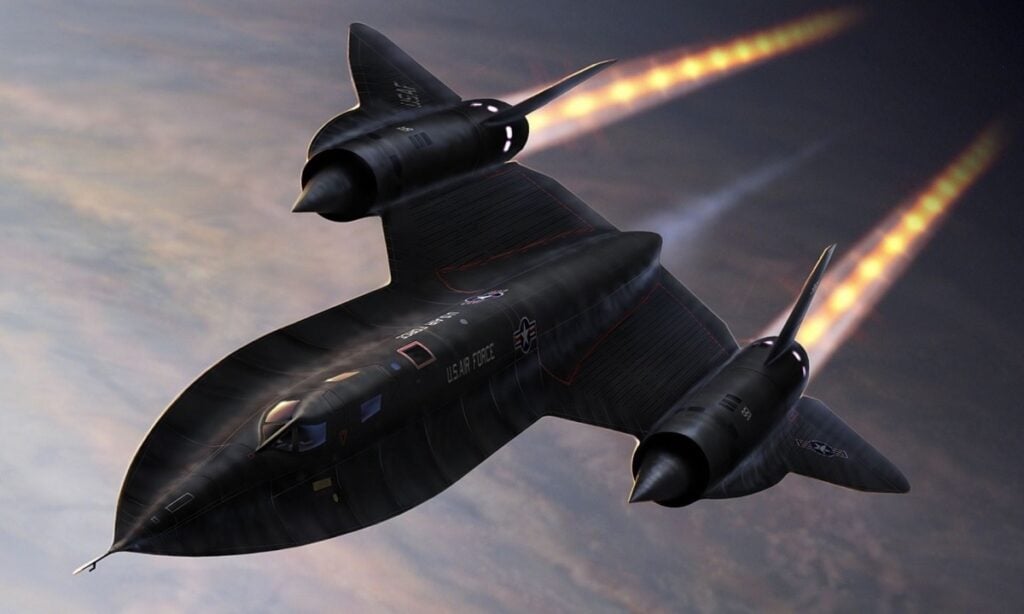A missile is a guided airborne ranged weapon capable of self-propelled flight, typically powered by a jet engine or rocket motor. Missiles are also known as guided missiles or guided rockets. Missiles are made up of five system components: targeting, guidance, flight, engine, and warhead. Missiles are classified as surface-to-surface and air-to-surface missiles, surface-to-air missiles, air-to-air missiles, and anti-satellite weapons. But did you know that SR-71 did outrun it?
When confronted with surface-to-air missiles, the SR-71 simply flew higher, faster, and in a slightly different direction to outrun them.
The El Dorado Canyon Operation
Operation El Dorado Canyon launched airstrikes against Libya on April 14, 1986, in response to Libya’s bombing of a Berlin discotheque frequented by US military personnel. The attack was carried out by an 18-man strike group from the United States. Air Force F-111s were backed up by a slew of U.S. Navy and the U.S. A-6, A-7, and F/A-18 aircraft of the United States Marine Corps.
Following the raid, on April 16, 1986, SR-71 #64-17960 piloted by Maj. Brian Shul with RSO Maj. Walter Watson entered Libyan airspace at a blistering 2,125 mph to photograph the targets for bomb damage assessment. As their sweeps came to an end, they began receiving launch indications from Libyan surface-to-air missile sites below. (Source: The Aviation Geek Club)
The SR-71’s Incredible Performance
Shul’s book Sled Driver tells the story of how the SR-71’s incredible performance allowed them to stay on course and outrun the missiles before safely returning to RAF Mildenhall.
Following an attack on American soldiers in a Berlin disco in April 1986, President Reagan directed the bombing of Muammar Qaddafi’s terrorist camps in Libya. My mission was to fly over Libya and take photos of the damage our F-111s had caused. Qaddafi had established a line of death, a territorial boundary across the Gulf of Sidra, and vowed to shoot down any intruder who crossed it. On the 15th of April, I sped past the line at 2,125 mph.
I was flying the world’s fastest jet, the SR-71 spy plane, with Maj Walter Watson, the aircraft’s reconnaissance systems officer. When Walter informed me that he was receiving missile launch signals, we had crossed into Libya and were approaching our final turn over the desolate desert landscape. I quickly increase our speed, calculating how long it would take the weapons, most likely SA-2 and SA-4 Mach 5 surface-to-air missiles to reach our altitude. I calculated that we could beat the rocket-powered missiles to the turn and stay on course, putting our lives in the hands of the plane’s performance.
This jet will not let us lose this race. As we pass 80,000 feet, the Mach number drops to 3.5. We’re like a bullet now, only faster. We round the bend, and I breathe a sigh of relief as our nose swings away from a country we’ve seen quite enough of. Our phenomenal speed continues to rise as we scream past Tripoli, and the screaming Sled pummels the enemy one more time, laying down a parting sonic boom. We can see nothing but the vast blue of the Mediterranean in a matter of seconds. I realize I’m still holding my left hand full forward, and we’re still cruising at full throttle.
Maj. Brian Shul, Retired US Air Force Major
(Source: The Aviation Geek Club)
